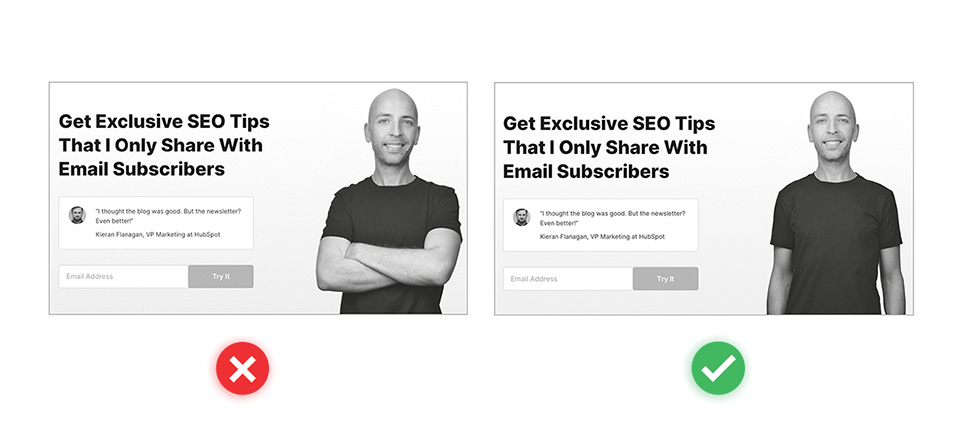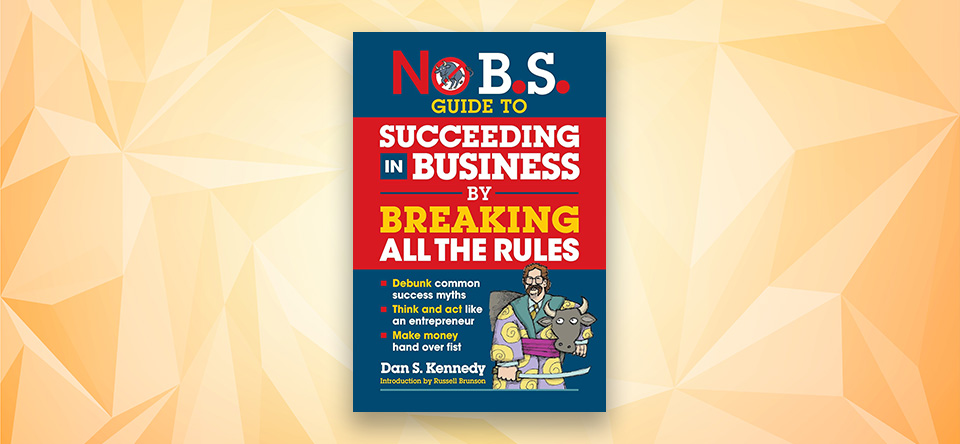Issue 015: How to Increase Sales by Apologising, How a 10-second Change Boosted Signups by 5.4% and More

December 25, 2024 | #015 | Free Version
Hi friend and happy Wednesday!
Welcome to Startup Blitz, a weekly newsletter full of timeless ideas and insights you can use in your online business.
📈 How a simple photo change boosted signups by 5.4%
🎓 How to increase sales by apologising
🪙 How to acquire customers without spending any money
🔗 The biggest myth that holds entrepreneurs back
👨🎓 MBA concept of the week: Mintzberg’s managerial roles
Not subscribed? Learn more and sign up.
How a Small Change Boosted Signups by 5.4% 📈

So whether it’s your profile picture, website image, or in-person interactions, maintain an open posture. This can make it easier to convince people of your idea.
🎓 Scientific Research: Apologise for Trivial Mistakes to Increase Customer Trust and Drive Sales

– Apologizing for a trivial mistake outperforms traditional offer emails.
– People view these apologies as genuine rather than just sales tactics.
– These apologies enhance how customers view the company.
– Importantly, these small apologies don’t hurt the company’s competency reputation.
– When companies own up to minor mistakes, they appear more human and caring. It signals that they prioritize the customer’s experience and are willing to admit faults.
– Customers see the follow-up offer as a sincere effort. Not just another sales gimmick.
– John Smedley is an international luxury knitwear brand. They apologized for technical website issues that may have slowed down order placement.
– Artifact Uprising is a custom photo gift company. They sent an email to apologize for a less-than-perfect online browsing experience, without providing any further details.
✋ Careful: Only issue an apology for a mistake that is perceived to be trivial. A non-trivial mistake might require more than a simple apology.
The Dream 100 Method for Acquiring Customers Without Spending a Dime 🪙

- Host a workshop for their audience where you offer a free lesson
- Be a guest on their podcast and offer your unique expertise
- Give them content they can use as a free bonus for customers who buy their products
- Offer their customers an exclusive deal on your product
- Be a speaker at a conference they organize
📖 Book of the Week: No B.S. Guide to Succeeding in Business by Breaking All the Rules

“I suspect more people give up on their entrepreneurial dreams and ideas because of lack of money than any other reason. I don’t have the money to do it. I don’t know anybody who does. I can’t get the money. Nuts.
“I have long taught: If you can’t make money without money, you won’t make money with money either. And if you’re going to back somebody, pick an entrepreneur who has proven he can survive without adequate capital.
Technology Makes It Easier Than Ever to Start Businesses with Very Little Money
“I have a client right now who started a new online business fueled only by free SEO, YouTube videos made from home, and webinars conducted from home. It did $2.3 million its first 12 months, is on pace to double that during its second year, and already has people interested in acquiring it for $8 million. There is NOTHING he’s done that anybody couldn’t do, beginning with almost no money.”
👨🎓 MBA Concept of the Week: Mintzberg’s Managerial Roles

What do managers actually do all day? Henry Mintzberg, a renowned management theorist, studied the day-to-day work habits of chief executive officers.
- Interpersonal work
- Informational work
- Decisional work
Within these three areas, Mintzberg outlined 10 specific roles managers perform during their day-to-day working lives.
1. Interpersonal Roles
These roles involve interacting with others to get the most out of them. Within this category, managers undertake three primary roles:
- Figurehead: Managers serve as symbolic leaders. They sign legal documents, attend important events, and represent the organisation at official functions.
- Leader: Managers set expectations, influence and motivate people, and provide feedback and support.
- Liaison: Managers establish and maintain relationships with external stakeholders, such as vendors, and industry peers.
2. Informational Roles
- Monitor: Managers stay informed about industry trends and competitors by reading trade press & reports and attending seminars & trainings.
- Disseminator: Managers share decisions and relevant information with team members so that everyone possesses the essential knowledge required for their roles.
- Spokesperson: Managers engage with the media, government entities and the public, and participate in conferences to communicate company goals and actions.
3. Decisional Roles
These roles involve doing deals, allocating resources and making tough choices. The primary roles in this category:
- Entrepreneur: Managers identify opportunities for growth and implement innovative strategies.
- Disturbance Handler: Managers resolve conflicts between subordinates, deal with unexpected situations, and develop contingency plans.
- Resource Allocator: Managers set priorities and decide how best to use the company’s money, time and materials.
- Negotiator: Managers direct negotiations, whether internally, with employees or departments, or externally, with other stakeholders.
How to Apply This
As a manager, you don’t need to do all these things all the time. Depending on the job, some roles will be far more important than others. However, the most effective leaders can tailor their behaviour to what is required in the circumstances. So you need to be skilful in all of these areas.
Just increasing your focus in this area can significantly boost your effectiveness as a manager.
You are receiving this email because you subscribed to Startup Newsletter. You can Unsubscribe from here.